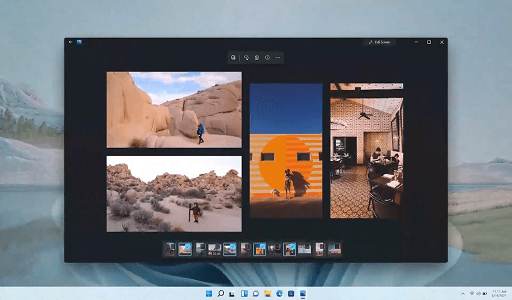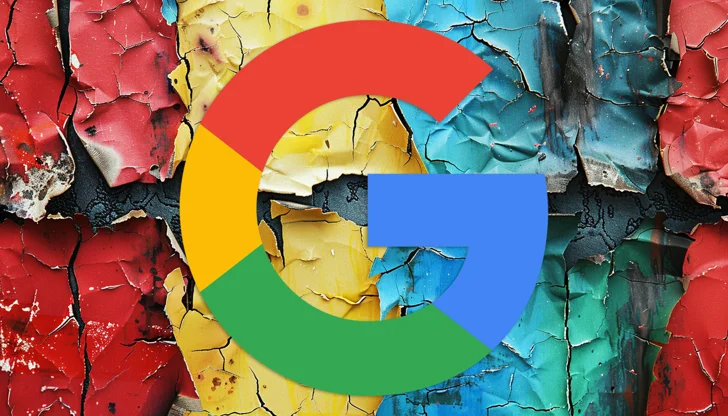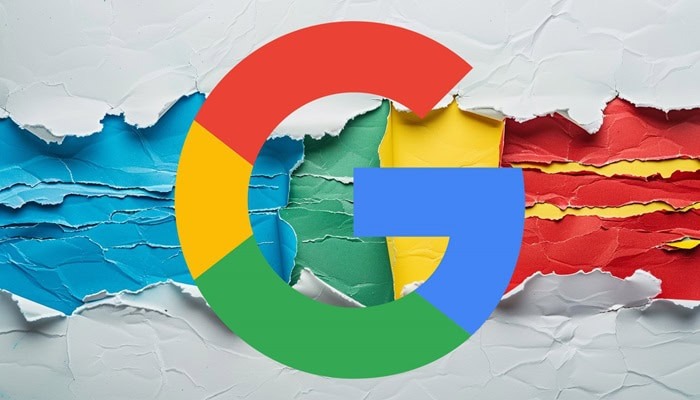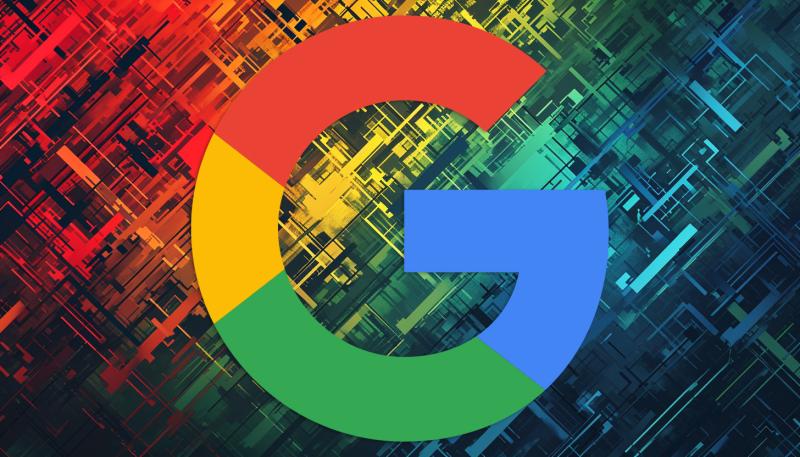Google’s Spam Explainer was updated to reflect this transformative change brought on by the March 2024 Core Algorithm Update. The following are some of the added and removed changes, with some analysis of what those changes may mean in the context of this update.
March 2024 Core Algorithm Update on Link Signal
It is one of the major overhauls by Google, as it deeply impacts the very core ranking algorithm and associated systems.
The first indication that something major was in the offing with the Reviews system was when it went from semi-monthly to continuous updates. The kinds of changes that normally occur with an update to the core Google infrastructure, which could mean software, hardware, or both together.
That’s happened once before with the Hummingbird update when additional capability was turned on with the upgrade in infrastructure.
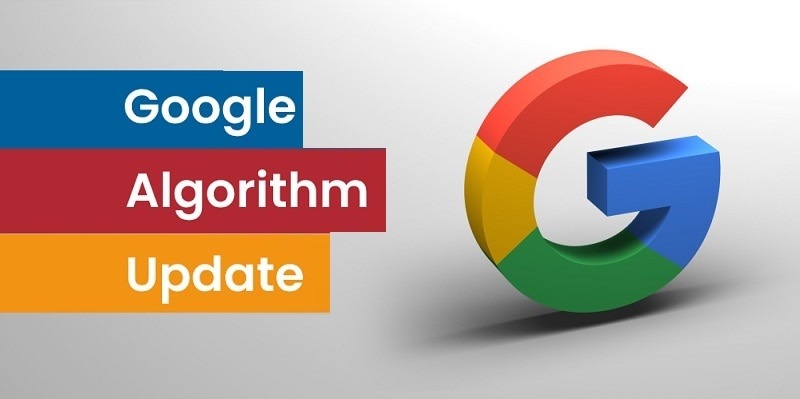
Updates to the Google Spam Explainer document gave some rare insight into the change that has been underway, at least on the link aspect.
Google Plays Down the Role of Links
At last year’s Pubcon Austin 2023, Gary Illyes from Google said links don’t even rank in the top three most important ranking signals. An update to the spam documentation, which is rare in terms of seriousness, seems to confirm Illyes’ statement as the documentation explicitly de-emphasizes links.
Previous Documentation:
“Google uses links as an important factor in determining the relevancy of web pages.”
New documentation:
“Google uses links as a factor in determining the relevancy of web pages.”
Without the word “important”, such a removal would be perceived as vague and overly conservative. However, in the context of Illyes’ comments about links, it is not easy to be conservative.
Manipulative Link Content
The second link addition in the guidelines involves content that has been created to manipulate links. This addition is represented by the inclusion of a new sentence added in a list of examples of manipulative links.
Description of the New Content and Links Signal:
“Creating low-value content primarily for the purposes of manipulating linking and ranking signals.”
It’s a bit ambiguous, but it sounds like it’s targeted at some sort of paid linking scheme where a network of sites is developed simply to channel links from contextually relevant pages. This tactic has long been well-known under the name of Private Blog Networks, or PBNs, and anyone new to the world of SEO knows this.
New Signal Addressing Outbound Links
The new signal focuses on manipulative outgoing links. While Google has long punished the practice of selling outbound links, this may be the first time the search giant specifically mentions outgoing links as something its algorithm considers.
Here are the newly introduced sentences:
“Any links that are intended to manipulate rankings in Google Search results may be considered link spam. This includes any behavior that manipulates links to your site or outgoing links from your site.”
New Signal Regarding Expired Domains
Some might interpret today’s news as an indication that Google will now clamp down on expired domains. That interpretation isn’t quite right. In actual fact, what’s happening is that Google is adding a new signal that pertains to domain reuse—in other words, how good of a transition there has been between the domain’s previous documented use and a new purpose.
Google uses the term “repurpose” to describe this signal:
“Expired domain abuse is where an expired domain name is purchased and repurposed primarily to manipulate search rankings by hosting content that provides little to no value to users.”
Google’s updated guidelines list the following examples of some of what the new signal is looking for:
“Affiliate content on a site previously used by a government agency
Commercial medical products being sold on a site previously used by a non-profit medical charity
Casino-related content on a former elementary school site”
As guidelines say, the above list is just examples, and the scope of the signal is beyond what is outlined explicitly. What Google’s expired domain signal does, in a nutshell, is to assess how different the intent of the new site built upon the expired domain is from its previous intent.
The mere maintenance of similar content is possibly not sufficient to avoid the signal, as it would in fact confirm the purpose shift, for example, from a non-affiliate to an affiliate purpose.
Why Ambiguity Surrounds Descriptions of Changes
These are the four additions to Google’s spam explainer page that directly address link signals. Some alterations may appear vague to outline the general framework of the new link signals without explicitly detailing those changes, which is understandable.
While there are additional modifications to the spam document, these are the alterations specifically related to link signals in Google’s updated core ranking algorithm. Before implementing any changes in response to the algorithm, it may be prudent to note that the March 2024 Core Algorithm Update will take about a month to fully roll out.
Would you like to read more about “Google March 2024 Core Update on Link Signal” related articles? If so, we invite you to take a look at our other tech topics before you leave!
![]()







